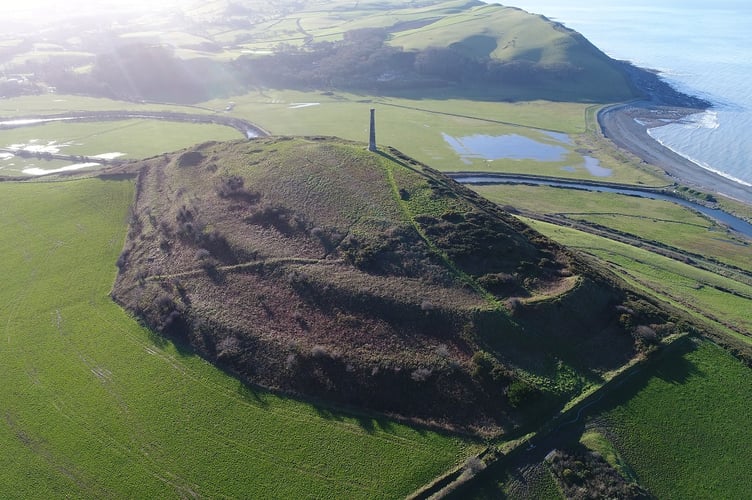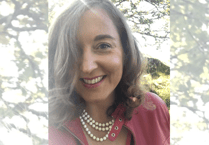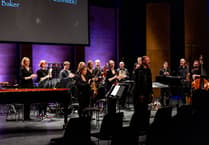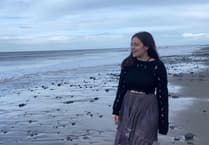ARCHAEOLOGISTS will return to Pen Dinas after securing almost £150,000 of funding.
Dyfed Archaeological Trust in partnership with the Royal Commission on the Ancient and Historical Monuments of Wales has received a £143,243 grant from the National Lottery Heritage Fund plus additional funding from Cadw for a two-year community project to learn more about the hillfort that dominates the heights above the town of Aberystwyth and its neighbour Penparcau.
Though excavated in the 1930s, this magnificent hillfort, like so many of the others that crown the hills of Wales, remains something of an enigma.
Was it built for show, to demonstrate the power of the local Iron Age community, or did it serve a practical purpose as a place where cattle and grain could be safely stored? What activities did those who lived here undertake on this hilltop site?
The project will seek answers to questions such as these working with members of the Penparcau Forum and other community groups. The two-year project includes geophysical survey and excavation that will throw light on the ways in which our ancestors used the site.

The idea for the project arose from members of the local community, who have expressed a desire to know more about the hillfort and to see it better maintained. Various community activities are planned, including working with local wildlife experts to clear bracken and gorse and improve the hilltop site for the rare plants, birds, invertebrates and insects that have a home at Pen Dinas.
Film making, pottery making, schools projects, guided walks and storytelling will all form part of this exciting project, which will culminate in a weekend festival to showcase the results of all these activities.
Christopher Catling, the Royal Commission’s Chief Executive, said: “We fully intend that this should be a model project in terms of consensual decision-making and co-production with our community partners.
“It is a failing of many ‘community archaeology’ projects that volunteers are secondary participants, whereas we want this project to show what can be achieved when the community itself is the primary driver, asking the questions and creating new knowledge in the process of answering them.”




